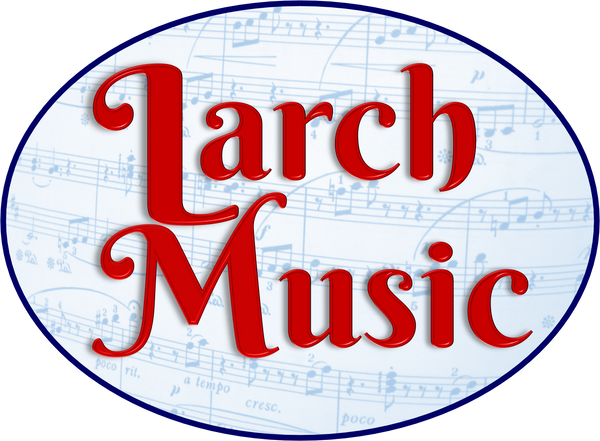Larch Music Ltd.
Symphony No. 1 - The Hellenic (Mvt. 1 Eleusinian Mysteries) - Symphonic Wind Band - LM883
Symphony No. 1 - The Hellenic (Mvt. 1 Eleusinian Mysteries) - Symphonic Wind Band - LM883
Couldn't load pickup availability
COMPOSER : Nick Elwood
No. 1
Eleusinian Mysteries
The Sanctuary of Demeter at Eleusis, 18km from Athens, was the epicentre of the cult of the Eleusinian Mysteries. Twice a year initiates walked from the Acropolis to the Sanctuary via the Sacred Way (Hiera Hodos). The Sacred Way led down from the Acropolis and left the city through the Dipylon Gate, in the potter’s quarter of the city.
At Eleusis initiates entered the sanctuary, first into the Great Hall, known as the Telestron and then into the subterranean cavern known as the Anaktoron. Entrance to the Anaktoron was only permitted to those initiated and to initiates. In the Anaktoron sacred items were contained in a large chest. Here, in the darkened cavern lit by candlelight, initiates swore oaths and were introduced to the secrets of the chest. It is highly likely that ergot, a psychotropic fungus that grows on certain cereals, was eaten during the initiation. Following the religious rites, vigils were held, libations poured and after the sacrifice of a bull, a feast took place.
During the Hellenic period, The Mysteries were deeply intertwined in Athenian political and cultural life and constituted a State religion. The cult became Panhellenic and hence The Mysteries, of which there was a Greater and Lesser event, involved not only the entire city but attracted celebrants from all over the Athenian Empire.
Little was recorded about specifics of the Cult because to reveal any aspect of its practice was a crime punishable by death. The Cult of Eleusis was already an ancient religion by the time Athens reached its cultural zenith in the 4th century BC. It survived into the Roman era and Caesar Augustus, Hadrian, Antinous and Commodus were all initiated. The only non-initiate to have entered the Anaktoron was Marcus Aurelius after he had the sanctuary rebuilt following its sacking by the Sarmatians in 170 AD.
As Christianity spread, the cult fell into decline and by 393 AD had disappeared completely.
11m : 30s approx
The Hellenic began in 1980 while I was a student at the Royal Military School of Music, Kneller Hall. I went back to the original score in 2018 and developed the work into a large scale composition. My inspiration derived from my interest in classical history and having completed a classics degree in 2015, my enthusiasm was fired.
The Hellenic comprises four movements each depicting an aspect or event crucial to the Athenian polis in the 4th century BC.
Share




